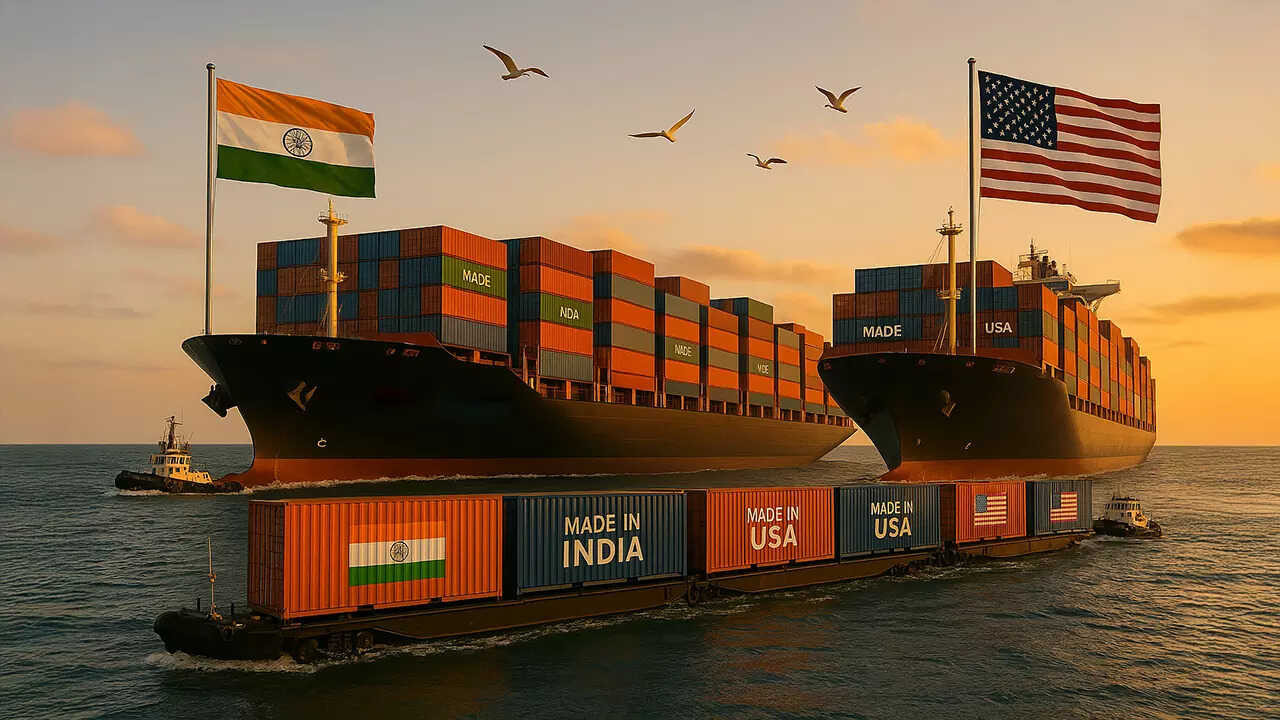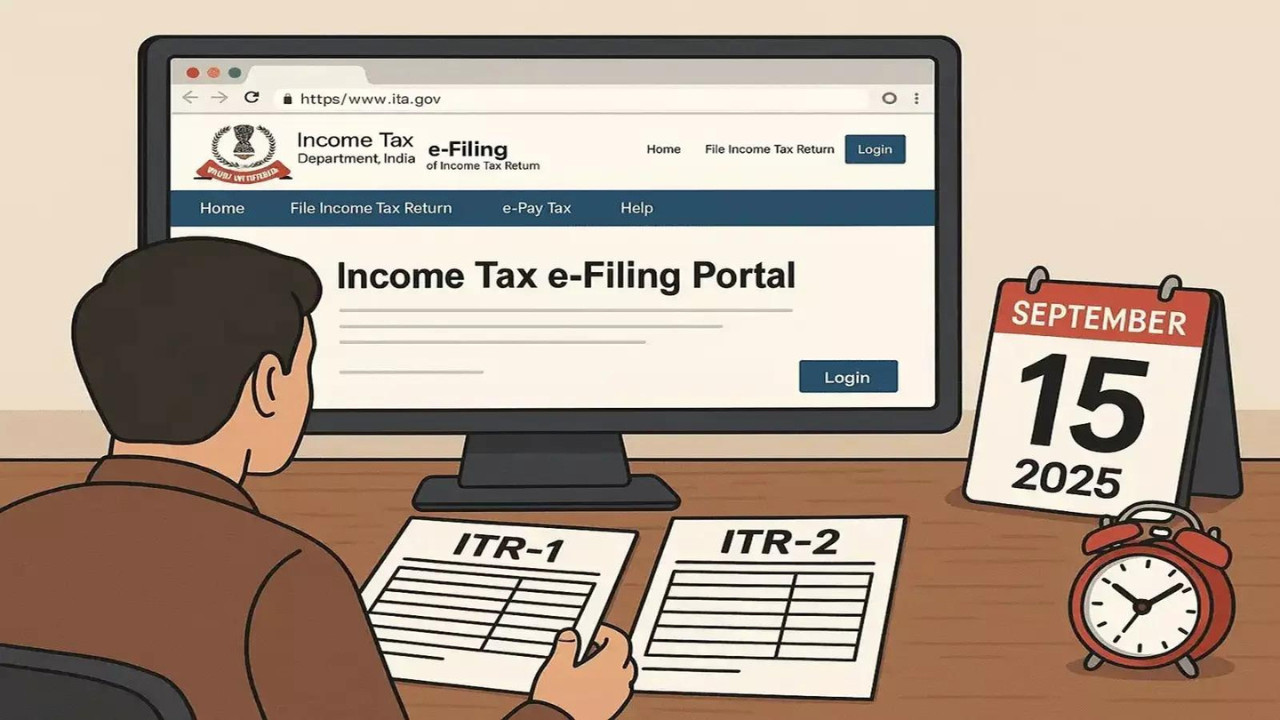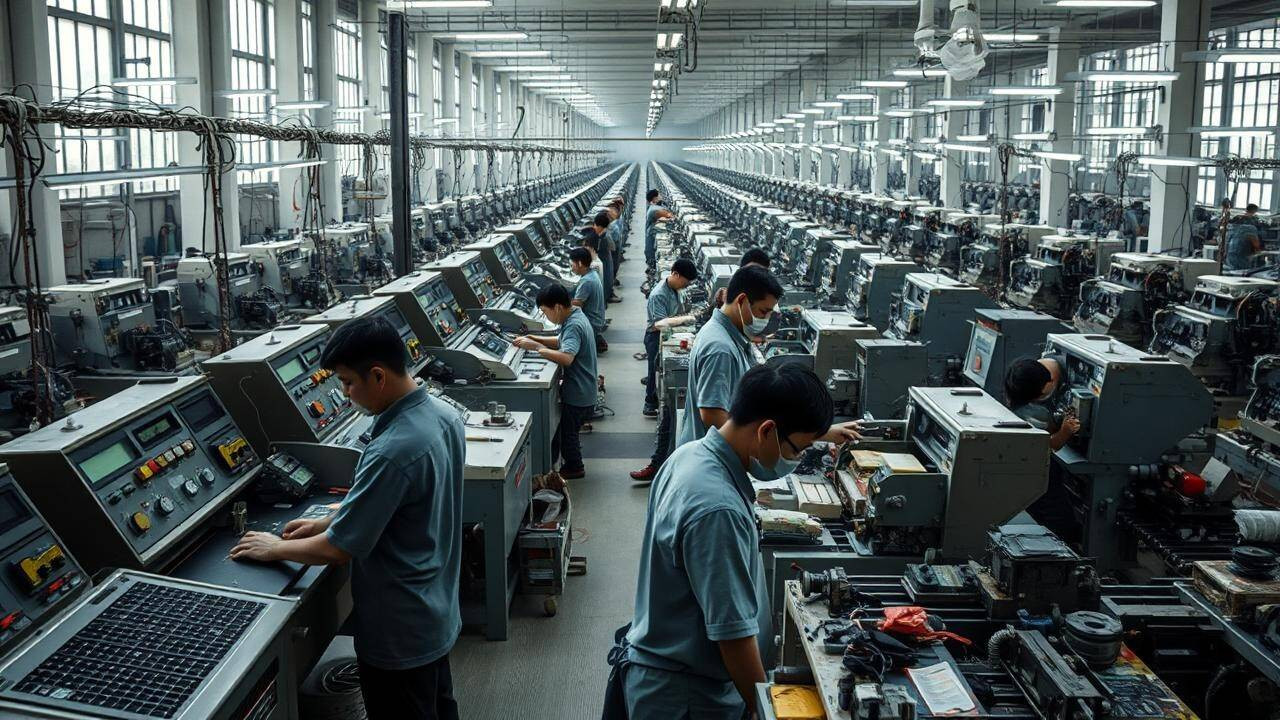India-US trade deal: An Indian delegation is in Washington D.C. to finalize an interim trade deal with the US. The US is reportedly considering a tariff rate below 20%, signaling progress towards a mutually beneficial agreement, with both nations targeting $500 billion in bilateral trade by 2030.
Navigating the Trade Winds: India and the US Resume Talks
The air crackles with anticipation. A new round of high-stakes negotiations between India and the United States is underway in Washington D.C., as both nations seek to iron out lingering disagreements and solidify a mutually beneficial trade deal. With deadlines looming and global economic headwinds gathering, the pressure is on to find common ground.
This isn’t just about tariffs and quotas; it’s about shaping the future of economic cooperation between two major players on the world stage. For India, a successful agreement could unlock significant opportunities for its burgeoning industries, providing access to the vast US market. For the US, deepening ties with India offers a strategic foothold in a rapidly growing economy and a counterbalance to other global powers.
What’s on the Table? Untangling the Issues
The complexities of international trade are rarely simple, and the India-US relationship is no exception. Several key sticking points have emerged during previous rounds of discussions. One major hurdle revolves around market access for agricultural products. US farmers have long sought greater access to the Indian market for goods like dairy and poultry, while India has expressed concerns about the potential impact on its domestic producers.
Digital trade is another area where perspectives diverge. The US has pushed for greater liberalization of India’s digital economy, including the removal of barriers to cross-border data flows. India, on the other hand, has prioritized data localization policies, aiming to protect its citizens’ data and foster the growth of its domestic tech industry.
Of course, tariffs – those much-discussed taxes on imported goods – are also a central component of the negotiation. Both countries have imposed tariffs on certain goods imported from the other, leading to retaliatory measures and trade friction. Finding a way to reduce or eliminate these tariffs is crucial to unlocking the full potential of bilateral trade.
<img src="image-of-trade-negotiations.jpg" alt="Indian and US officials discussing a potential trade deal in Washington D.C.”/>
India’s Perspective: Balancing Growth and Protection
India approaches these talks with a clear set of priorities. The government is keen to promote exports and attract foreign investment, but it is also committed to safeguarding the interests of its domestic industries and protecting its farmers. There’s a delicate balancing act involved in opening up the economy while ensuring that local businesses can compete effectively.
Another key consideration for India is job creation. With a large and growing population, the country needs to create millions of new jobs each year. A well-crafted trade deal with the US could provide a significant boost to employment in sectors like manufacturing, technology, and agriculture.
Don’t forget the geopolitical implications. India views a strong economic partnership with the US as an important element of its broader strategic objectives, helping to strengthen its position on the global stage and promote regional stability. In this context, improved trade relations can only serve to benefit the long-term goals of the world’s largest democracy. You can read more about India’s role in the global economy on our page about [emerging markets trends](/emerging-markets-trends).
The US Strategy: Seeking Fair and Reciprocal Trade
The United States, like India, has its own distinct objectives in these negotiations. The US administration has consistently emphasized the importance of fair and reciprocal trade, arguing that existing trade arrangements have often been disadvantageous to American businesses.
A primary goal for the US is to level the playing field, ensuring that American companies have equal access to the Indian market and are not subject to unfair trade practices. This includes addressing issues such as tariffs, non-tariff barriers, and intellectual property protection.
The US also sees India as a key partner in its efforts to counter China’s growing economic influence. By strengthening trade ties with India, the US aims to diversify its supply chains and reduce its dependence on Chinese manufacturers.
The Road Ahead: Challenges and Opportunities
The path to a comprehensive trade deal is unlikely to be smooth. There will be inevitable disagreements and compromises along the way. However, the potential benefits of a successful agreement are simply too great to ignore.
Both India and the US have a strong incentive to overcome their differences and forge a closer economic partnership. By working together, they can unlock new opportunities for trade, investment, and innovation, creating jobs and boosting economic growth in both countries.
These negotiations represent a crucial moment in the India-US relationship. A successful outcome could pave the way for a deeper and more enduring partnership, one that benefits not only the two countries themselves but also the wider global economy.
Conclusion:
As India and the US navigate these crucial trade talks, the focus remains on finding common ground that fosters mutual economic growth. Overcoming existing hurdles and establishing a fair, reciprocal agreement is paramount to unlocking the full potential of this vital partnership. The future of India-US trade hinges on the success of these negotiations and their ability to create a framework for sustained economic cooperation.






